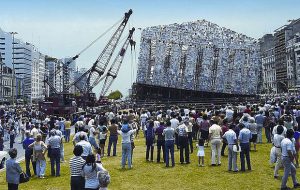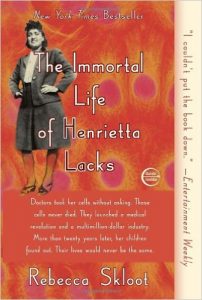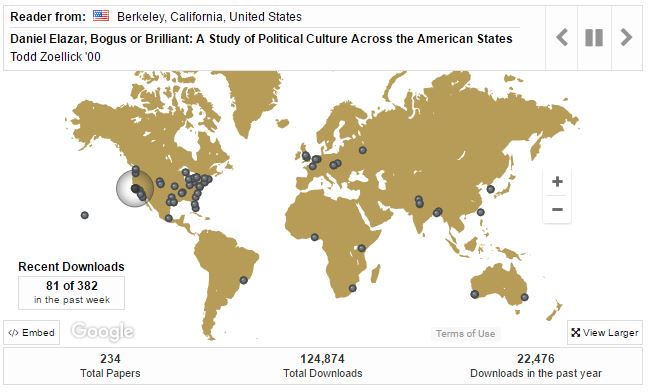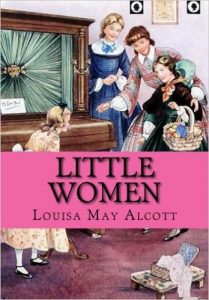The Library of Congress continues to digitize and make available various image collections. This newest collection of 19th century portraits includes military brass, senators, socialites and
even babies. These are a handful of Washington, D.C., subjects photographed by Charles Milton Bell (1848–93) during the last quarter of the 19th century. The Library of Congress recently digitized more than 25,000 glass plate negatives produced by Bell and his successors between 1873 and the early years of the 20th century. The photographs document the capital city’s social and political history—and also its fashions and preoccupations.
They are highlighting a selection of the C.M. Bell photos this month under the “free to use and reuse” feature on the Library’s home page. Each month, the website showcases content from the Library’s collections that has no known copyright restrictions—meaning you can use the photos as you wish.
Follow their blog to learn more!









